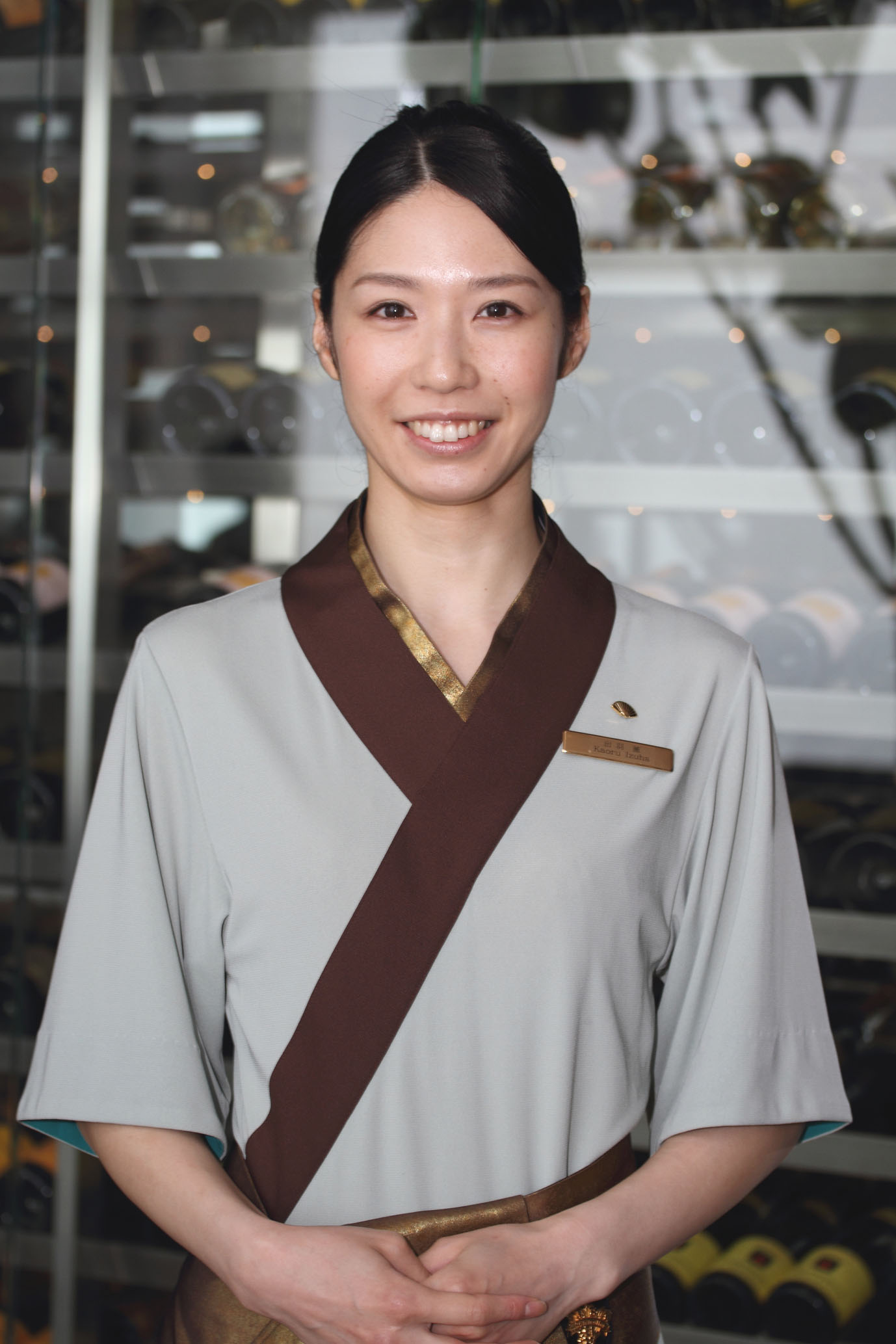For those new to sake, learning to distinguish the subtle nuances in the flavor of various brews can feel like a daunting task. When evaluating sake, professionals consider the balance of sweetness and acidity, the body and the finish, in addition to the drink's specific aromas and flavors. Having judged sake at the International Wine Challenge in London this April — which involved sampling around 80 varieties a day and making notes on each entry — I can confirm that tasting at the professional level is indeed a difficult job.
But you need not be able to perform an in-depth analysis of sake in order to enjoy it. To help me with some tasting tips for beginners, I sat down with sake and wine sommelier Kaoru Izuha, winner of the Kikisake-shi World Championship, a sake-tasting competition organized by the Sake Service Institute (SSI) in Tokyo last year.
Izuha, who rose to the top slot among 25,000 contestants (most of whom were, unsurprisingly, from Japan), takes the same approach to sake tasting as she does to wine tasting. First, she checks the color, which can give indications about the sake's age. Generally speaking, older sake, particularly when aged at higher temperatures, takes on a darker hue and a stronger character. After sniffing and then sipping the drink, she tries to identify particular aromas and flavors.



















With your current subscription plan you can comment on stories. However, before writing your first comment, please create a display name in the Profile section of your subscriber account page.